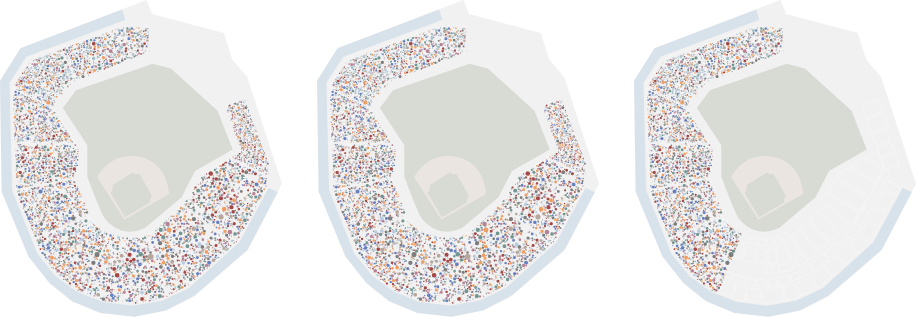

Weapons of
Mass Injustice
Visualizing the unequal impacts of gun violence and the search for peace in America's cities
by Marisa Ruiz Asari
Americans are 25 times more likely to be killed by a gun than residents of countries with similar GDPs. Contrary to media portrayals and policy discussions of the gun violence crisis in the US framed around mass shootings, daily gun violence – shootings that result in the disproportionate killing of young people of color and the loss of life to suicide – make up the majority of gun deaths in the US.
Gun violence and firearm offense data have historically been used to justify the criminalization of Black and Brown youth in America. But what if the gun violence crisis was treated as a public health crisis rather than another cause for mass incarceration? This visual essay explores data on daily gun violence and documents efforts working to promote peace and collective healing.

39,201 Americans
were killed by a gun in 2018. 1
Interact with this graph by toggling the legend items or hovering on data points
Interact with this graph by toggling the legend items or hovering on data points
Interact with this graph by hovering on points
Interact with this graph by toggling the legend items or hovering on data points
Interact with this graph by toggling the legend items or hovering on data points
Interact with this graph by toggling the legend items or hovering on data points
Hover on a location to learn more about each program or on a county to see the gun homicide rate between 2010-2018.
Interact with this graph by toggling the legend items or hovering on data points
Explore the resources below to learn more about this work being undertaken by cities and organizations around the country.













